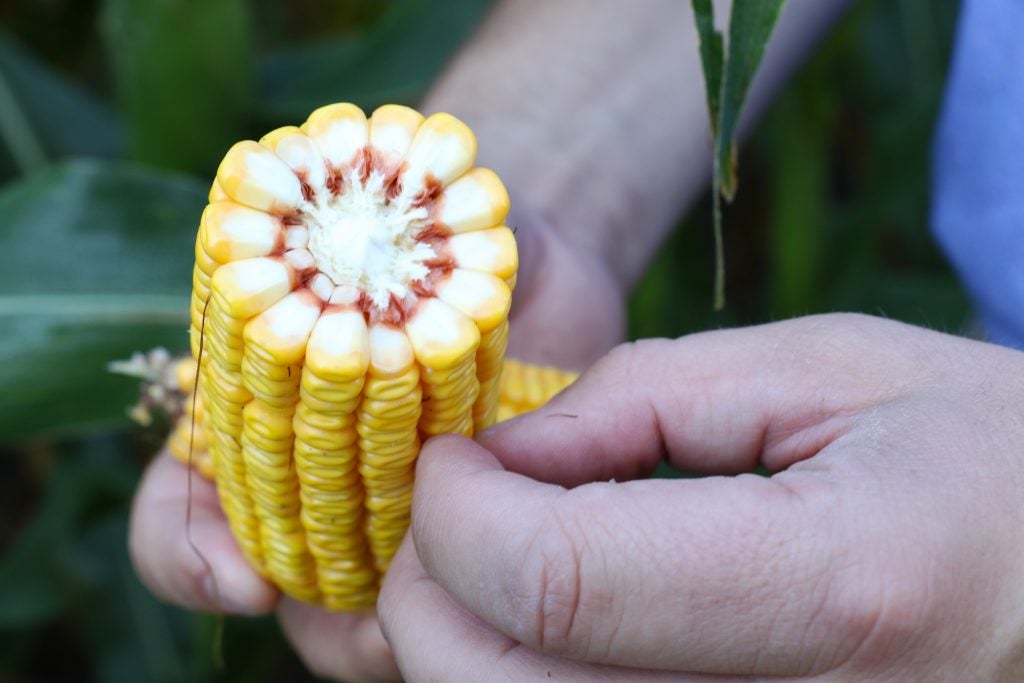How conservation can enhance a farm’s financial health — even in challenging times
With the U.S.-China trade war and flooding in the Midwest continuing to make headlines, national attention is focused on the increasing economic challenges facing farmers and their families.
After years of weak commodity prices, these financial stresses are adding up. In the Corn Belt, farm bankruptcies are at the highest level in over a decade.
Given this challenging economic outlook, some might assume that farmers will abandon conservation efforts and focus exclusively on their finances. However, many of the financial best practices cited by farmers and encouraged by farm financial advisers are the very same principles that can help farmers continue to improve environmental outcomes. Here are four examples.
Understand the financial impacts of farm management decisions.
As farms adopt increasingly complex technology, farmers are spending time analyzing and interpreting their farm data in order to understand the financial — and conservation — impacts of farm management decisions.
Farmers who examine their finances closely are often able to discover cost savings associated with conservation adoption. For example, optimizing fertilizer use can reduce excess expenses and nitrogen loss to the environment, and transitioning away from intensive tillage can save fuel and labor while improving soil health.
Maximize profits instead of maximizing yields or minimizing costs.
While crop yield is often touted as a measure of success, yields are not the same as profitability. Achieving a high yield at any cost can make the farm operation unprofitable and damage the environment. Drastic cost cutting, however, can result in yield losses that undermine the economic stability of the farm.
Agricultural lenders recommend farmers instead focus on profit: achieving the optimal balance between high revenues and low costs. A focus on profit can also generate benefits in unexpected ways, for example, taking an unproductive piece of land out of production and putting it into pollinator habitat, ultimately optimizing input costs and increasing pollinator services.
Consider options to reduce risk and make long-term investments.
Farming is an inherently risky business, but financial and managerial tools, as well as many conservation practices, can help farmers manage that risk.Four ways that conservation can enhance a farm's financial health — even in challenging times. Share on X
Evidence is growing that healthy soils can mitigate some weather risk to crops by enabling greater water absorption and retention. Practices like no-till and cover crops that build healthy soils increase operational resilience and reduce erosion of valuable topsoil, which is a long-term investment in the land.
Focus on continuous improvement.
Achieving both economic and environmental sustainability is a continuous journey, not a destination. Farmers are constantly innovating — adopting new technologies, trying new crop varieties or responding to shifts in pest pressure.
The same approach is required to improve the environmental performance of the farm. Continuous improvement is the process of trying new things, measuring both economic and environmental outcomes, and continuing to adapt in response.
While many economic factors are out of farmers’ control, the same strategies that support farmers’ financial resilience also support positive environmental outcomes.
These are undeniably challenging times for farmers across the country, which means it is even more important to maximize the connections between financial health and conservation, and support farmers in achieving both.












One Comment
Great blog Maggie! Thank you for increasing the awareness of the financial circumstances and offering positive ideas.